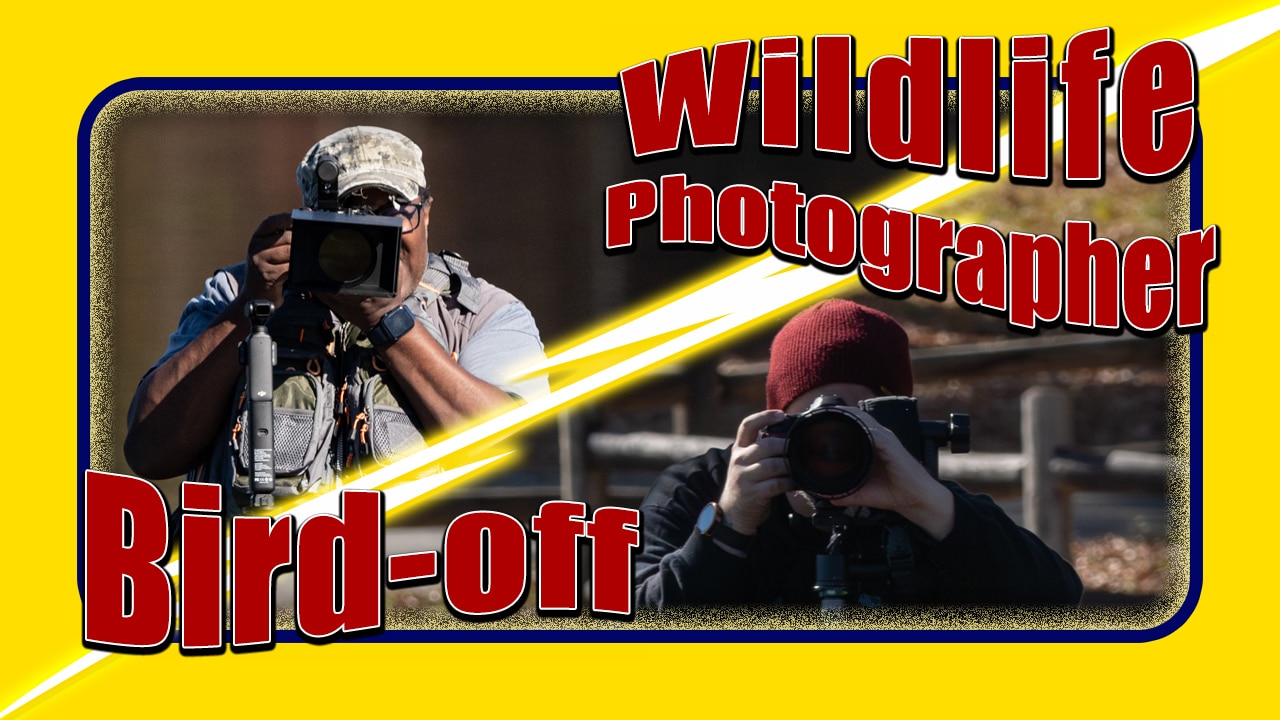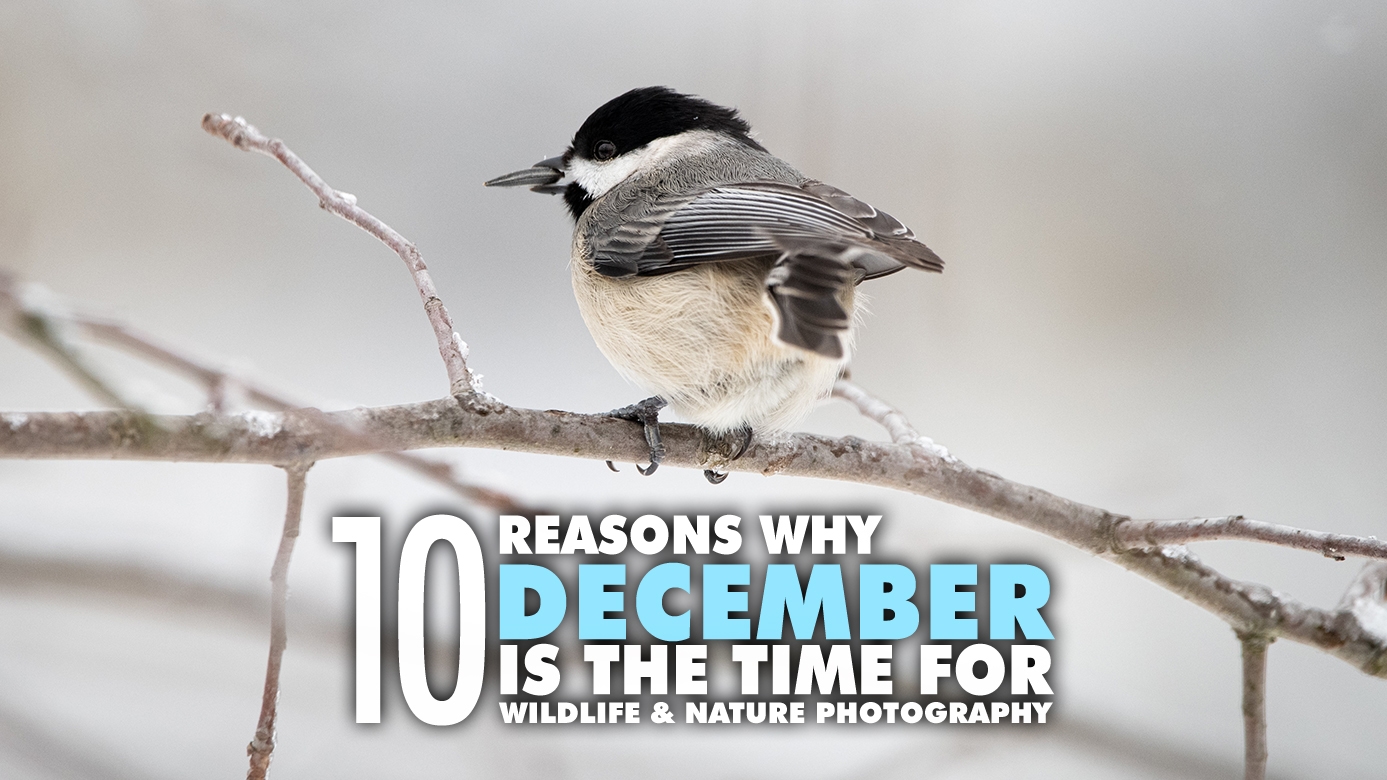If you find yourself frustrated or struggling with wildlife photography these 3 tips will help you to instantly increase your successful wildlife photography.
Tip One For Better Wildlife Photos
Know what you should find. If you’re going to a specific location, then knowing what you’re likely to see or find there is important. This one tip will help you to locate photography subjects more easily.
Knowing the area you’re planning to take photos in and what you’re planning to photograph means you can focus in on those things more easily. Of course, if the location is one you’re familiar with then you can build an understanding of specific locations within that place to visit.
Tips for Travel Wildlife Photography
If you’re traveling to a place you’re unfamiliar with then look for groups that can help you. First, check places like Facebook, Flickr, and Reddit. Facebook wildlife photography groups often exist for specific locations.
Facebook Groups
For example, North Park in Pittsburgh is a great wildlife photography location. As a result, there are groups like the North Park Bald Eagles Group. The group is full of photos not only of Bald Eagles but of loads of other wildlife found there.
Flickr
Flickr groups used to be much more active. However, some places still have very active groups. As such, be sure to look there. Even if you don’t find active groups, you might find one or two people who you can reach out to.
Reddit is a great resource. Even if you don’t find groups dedicated to a specific park or preserve local subreddits are a great spot to post questions. Back in February I traveled to Coastal Virginia. Before going I asked questions in r/WilliamsburgVA about specific locations.
Tip 2 Be In The Moment
Wildlife moves fast and blends in. You’ve got to be in the moment. Plus, you need to use all the senses you’ve got available to you. Obviously, if you’re deaf, have color blindness, or other impacts to your senses you’re going to have a harder time. However, you can still have great success as a wildlife photographer if you practice mindfulness.
Practice Mindfulness
Great wildlife photography requires mindful practice. If you’re thinking about taxes or that awkward thing you said at a party a week ago you’re going to miss opportunities. Don’t let your mind wander. If you do then you’re not paying attention to what’s happening in front of you.
Use Your Senses
So, use your senses. Look around. Pay attention to what you’re seeing. Watch for movement, color differences, shapes, etc. Wildlife blend into their surroundings to stay safe. Of course, there are exceptions like male birds during breeding season.
Listen. What do you hear? Don’t let your mind wander. Listen deeply. Do you hear birds, wind, leaves rustling? What else do you hear?
Even small can be a powerful sense. Larger and especially predatory animals leave behind things we can use to find them. Owls drop owl pellets. As a result, you can find these below their favorite perches.
Some smaller predatory animals will leave remains of their kills behind. As such, you might find other animals visiting those remains. Too, you may think that there are only insects there. However, if you sit patiently you’ll find things that eat those insects.
Tip 3 The More You Know
The more you know about your subjects and their environment the better you’ll be at wildlife photography. In the first tip I suggested getting to know what wildlife you’ll find where. This tip builds on that. So, learn what time of year your subject will be around and what trees they prefer to nest in. Too, learn when/if they drink water and what they eat. Plus, find out where to find what they eat, the types of weather they’re most active in, etc.
Ultimately, knowing your subject and their environment is critical to successful wildlife photography.
Where To Learn These Things
You can learn a lot about your subject by asking other photographers, birders, wildlife experts, park rangers, etc. in your area.
In addition, you can look at your past successes. What part of the branch does that bird like to perch on? Do they like to be in the sun or hidden? Do they face the sun or away from it more often?
Look at the wildlife pictures you’ve taken. Learn from them. Use Google Lens or iNaturalist to find out what the tree is. Then, apply that knowledge when you go out.
You know that there are x birds in the area. Too, that they like this particular type of food. Additionally, that food is found in this spot at this location at this time of day during this type of weather. Will you always have that level of detail? No. However, the more you do the more successful your wildlife photography trips will be.
Read The Latest Photography Articles on the WDO Photography Blog

Wildlife Photography Competition Introducing The Thrilling Video Results
Watch the thrilling video results of the wildlife photography competition I was in with Thomas from the Story Driven Thomas Youtube Channel.
read more…
Written by Don Orkoskey
on December 5, 2025 at 1:06 pm

10 Reasons December Is The Most Promising Time For Photographing Wildlife & Nature
Here are 10 reasons why December is THE perfect time to photograph wildlife and nature. Plus, tips on what to focus on!
read more…
Written by Don Orkoskey
on November 29, 2025 at 9:37 pm

A Practical Way Creatives Organize Bulky Gear Without Losing Workspace
Read about these practical method for creatives to store bulky gear and maintain clear, functional workspace areas.
read more…
Written by Guest Author
on November 29, 2025 at 1:30 pm

How Cloud Storage is a Great Option for Photos as It Keeps Them Safe From Natural Disasters
Learn how cloud storage is a great option to keep photos safe during nature disasters in this guest post from writer Joan Carter.
read more…
Written by Guest Author
on November 29, 2025 at 12:29 pm





